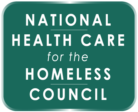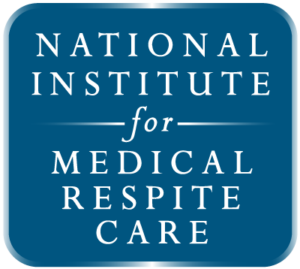Trauma-Informed
Organizations
Research: Trauma-Informed Organizations
How to Use This Change Package & Trauma-Informed Principles
This manual provides concrete TI improvement strategies organized by a systems-wide TI understanding and eight TI principles. Each principle highlights several domains, or key components of demonstrating the principle, and has change strategies targeted towards those domains. The change strategies are organized by “staff experiences” and “consumer experiences” and align along eight types of changes:
- Implementing Direct Consumer Feedback
- Policy Review, Development & Reminders
- Mass Communication/Public Statements
- Procedures/Accountability
- Resource Development/Allocation
- Education/Training
- Supervision/Observation & Skills Coaching
- Leadership Action/Modeling


Each organization should review their assessment results and find principles or domains where the organization needs improvement. Review the corresponding change strategies in this manual and consider what would work best for the organization (e.g. what would address the underlying need, what power does the organization have to make the change). Changes should be implemented using a Plan, Study, Do, Act (PDSA) model in order to evaluate the impact of the change and make adjustments in the future as needed. Be mindful not to make too many changes at once, as it would be difficult to isolate what change made the impact.
These change strategies are suggestions for TI policies and practices, yet they may not be suitable for every organization. Some of these recommendations are more resource-heavy or depend on the organizational structure (i.e. health centers impeded within hospital systems or public health departments), yet every organization can find ways to become more TI. Being a TI organization is a process, not a destination, so organizations should start where they can and celebrate small victories. There is additional space at the end of this package to write in change strategies suggestions from the TI Committee or Assessment, which should be tailored to the unique structures of each program and community.
Change strategies marked with the TK icon denotes a related resource or template in the Council’s TI Organizations Toolkit.
Note: The term ‘organization” is used interchangeably with “system” and “program” throughout this document.

